The 1994 San Marino Grand Prix remains one of the most tragic and defining weekends in the history of Formula 1. Held at the Autodromo Enzo e Dino Ferrari in Imola, the event was supposed to be a celebration of speed, skill, and engineering prowess. Instead, it became a grim reminder of the dangers inherent in motorsport, leaving an indelible mark on the sport and forcing a reckoning with safety standards that would change Formula 1 forever.
The weekend began with an ominous foreshadowing of the tragedy to come. During Friday practice, Rubens Barrichello, then driving for Jordan, lost control of his car at the high-speed Variante Bassa chicane. The car launched over the kerbs and slammed into the tire barrier, barrel-rolling before coming to a stop. Barrichello was knocked unconscious and suffered a broken nose and arm, but miraculously, he survived. The incident was a stark warning, yet the race weekend continued.
Then came Saturday’s qualifying session, a day that would claim the life of one of Formula 1’s brightest young talents. Roland Ratzenberger, an Austrian driver competing for the fledgling Simtek team, lost control of his car on the high-speed Villeneuve corner. The front wing of his car had been damaged on the previous lap, and as he approached the flat-out bend, the compromised aerodynamics caused the car to veer violently off track. Ratzenberger’s Simtek slammed into the concrete barrier at nearly 200 mph. The impact was catastrophic, and despite immediate medical attention, he was pronounced dead at the scene. It was the first fatality at a Formula 1 race weekend in 12 years.
The paddock was shaken to its core. Ayrton Senna, the three-time world champion and arguably the greatest driver of his generation, was visibly distraught. He had been deeply affected by Barrichello’s crash and was now confronted with the death of a fellow competitor. Senna, known for his intense focus and spiritual demeanor, spent hours in discussion with team members and even sought solace in religion. The following day, he would take to the track with a heavy heart—and an unshakable determination to race.
Race day, May 1, 1994, would become one of the darkest days in motorsport history. The start was chaotic, with a collision involving JJ Lehto’s Benetton and Pedro Lamy’s Lotus scattering debris across the track and bringing out the safety car. When racing resumed on lap six, Senna, leading in his Williams, pushed hard to maintain his advantage over Michael Schumacher. Then, on lap seven, as Senna entered the high-speed Tamburello corner, his car inexplicably left the racing line and speared straight into the concrete wall at nearly 140 mph.
The impact was devastating. A piece of the suspension assembly pierced Senna’s helmet, causing fatal head injuries. Despite immediate medical intervention, including an emergency trackside tracheotomy, Senna was declared dead hours later at Bologna’s Maggiore Hospital. The sport had lost its greatest icon, a man whose brilliance behind the wheel was matched only by his relentless pursuit of perfection.
The tragedies of that weekend were not yet over. Later in the race, a pit lane incident involving Ferrari’s mechanics and a loose wheel led to injuries for several crew members. The weekend had become a relentless parade of horror, leaving the Formula 1 community in shock and mourning.
In the aftermath, the sport faced intense scrutiny. Questions were raised about the safety of the cars, the circuits, and the relentless pursuit of speed at the expense of driver protection. The FIA, under pressure, launched sweeping reforms. Cockpit safety, crash structures, circuit design, and medical response protocols were all overhauled in the years that followed. The deaths of Ratzenberger and Senna had exposed fatal flaws in the sport’s approach to safety—flaws that could no longer be ignored.
The legacy of that weekend endures. Senna’s death, in particular, became a catalyst for change, forcing Formula 1 to confront its own mortality. The improvements in safety standards that followed have saved countless lives, and while the sport remains inherently dangerous, the lessons of Imola 1994 continue to resonate. For those who witnessed it, the San Marino Grand Prix that year was not just a race weekend—it was a turning point, a moment when the price of speed became tragically clear, and the sport was forever changed.
Three decades later, the memories of Ratzenberger and Senna loom large. Their deaths were not in vain, as their legacy lives on in every safety barrier, every helmet improvement, and every life saved by the reforms born from that dark weekend in Imola.
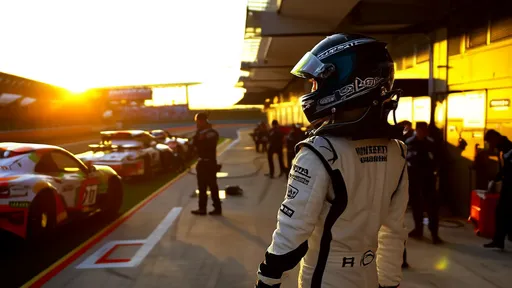
By /Jun 14, 2025
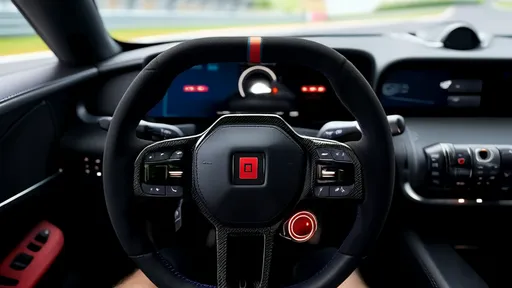
By /Jun 14, 2025
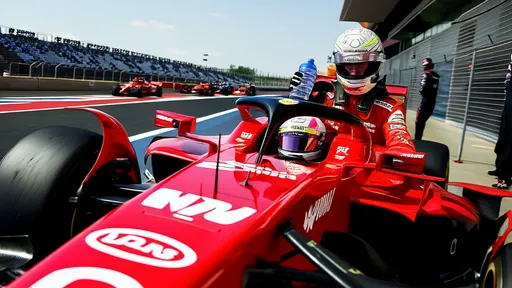
By /Jun 14, 2025
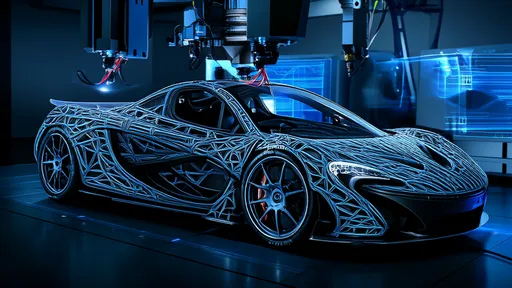
By /Jun 14, 2025
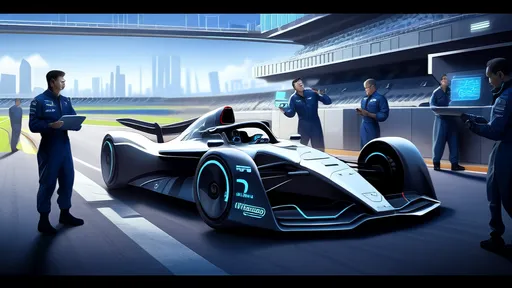
By /Jun 14, 2025
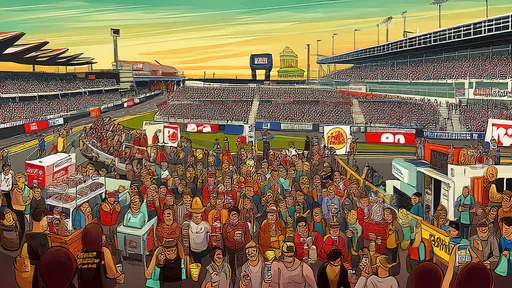
By /Jun 14, 2025
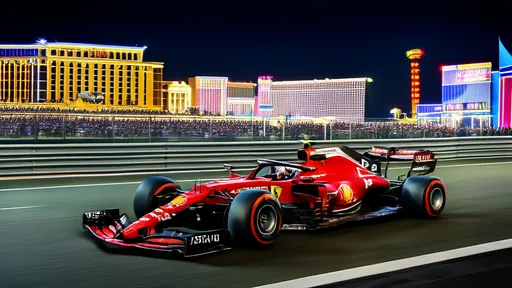
By /Jun 14, 2025

By /Jun 14, 2025

By /Jun 14, 2025
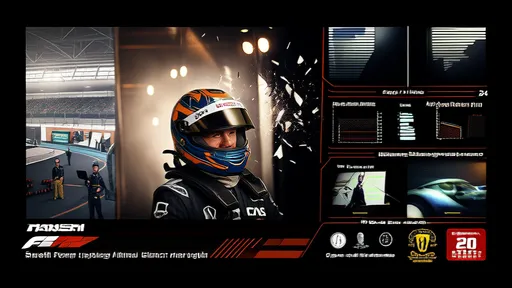
By /Jun 14, 2025
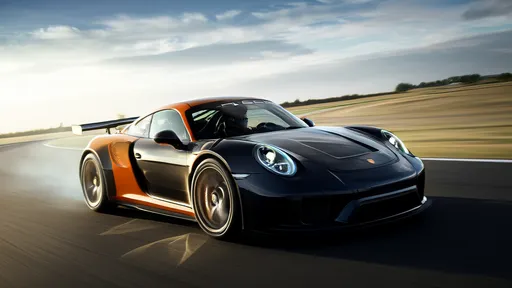
By /Jun 14, 2025
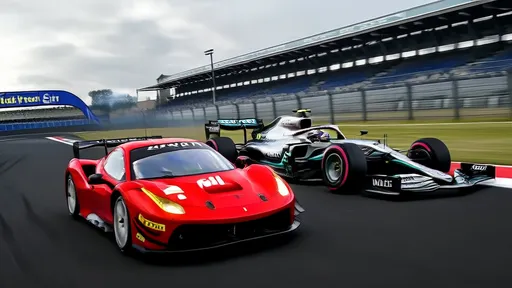
By /Jun 14, 2025
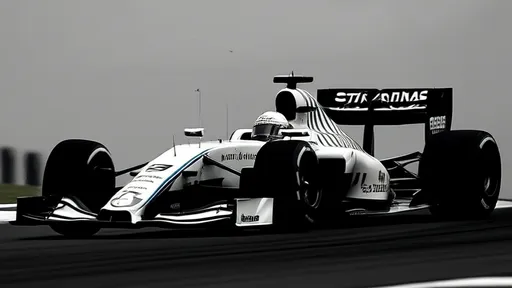
By /Jun 14, 2025
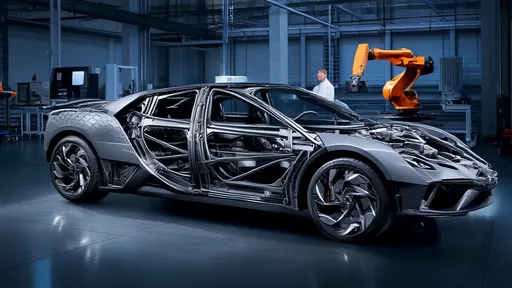
By /Jun 14, 2025

By /Jun 14, 2025

By /Jun 14, 2025
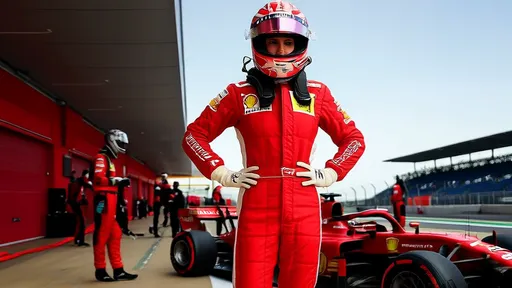
By /Jun 14, 2025